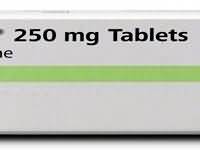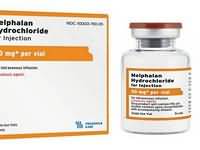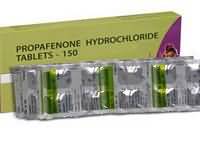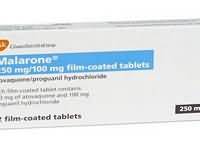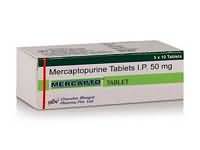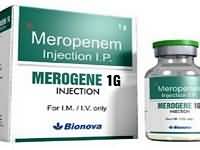Mitomycin
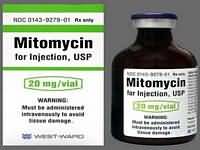
CLINICAL USE
Cytotoxic antibiotic used in a range of neoplastic conditionsDOSE IN NORMAL RENAL FUNCTION
IV: 4–10 mg/m2 or 0.06–0.15 mg/kg given every 1–6 weeks, depending on concurrent therapy and bone marrow recoveryFor instillation into bladder: 20–40 mgPHARMACOKINETICS
DOSE IN RENAL IMPAIRMENT
GFR (mL/MIN)
DOSE IN PATIENTS UNDERGOING RENAL REPLACEMENT THERAPIES
IMPORTANT DRUG INTERACTIONS
Potentially hazardous interactions with other drugsADMINISTRATION
Reconstition
With water for injection or sodium chloride 0.9%; 5 mL for the 2 mg vial, at least 10 mL for the 10 mg vial and at least 20 mL for the 20 mg vialRoute
IV injection, intra-arterial, bladder instillationRate of Administration
Bolus injection over 3–5 minutes (1 mL/ min)Infusion over 15–30 minutesComments
–OTHER INFORMATION
Prodrug, activated in vivo. Metabolism is predominantly in the liver. Rate of clearance is inversely proportional to the maximum serum concentration, due to saturation of the degradative pathways. Approximately 10% is excreted unchanged in the urine. Since metabolic pathways are saturated at low doses, the % dose excreted in the urine increases with increasing doseA syndrome of thrombotic microangiopathy resembling haemolytic-uraemic syndrome has been seen in patients receiving mitomycin, either alone or, more frequently, combined with other agents. Symptoms of haemolysis and renal failure may be accompanied by ATN and cardiovascular problems, pulmonary oedema and neurological symptomsPrincipal toxicity of mitomycin-C is bone marrow suppression. The nadir is usually around 4 weeks after treatment and toxicity is cumulative, with increasing risk after each course of treatment.
See how to identify renal failure stages according to GFR calculation
See how to diagnose irreversible renal disease
Home


